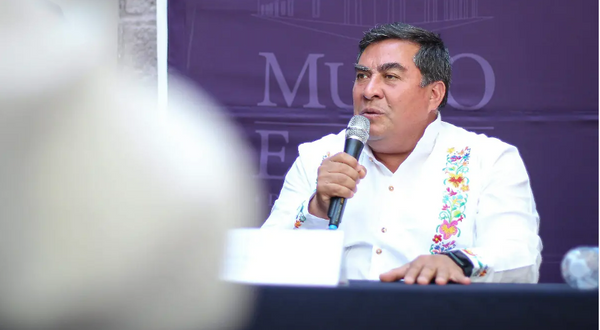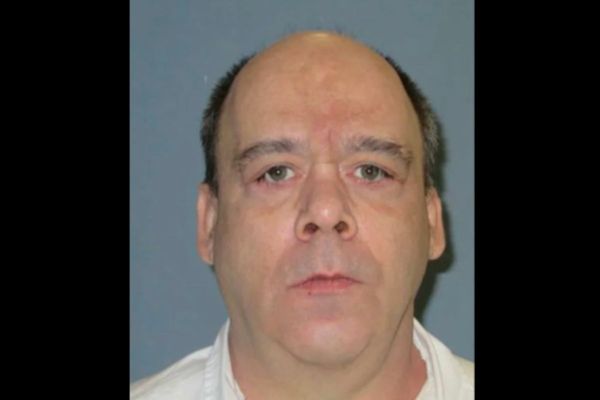
Edwin S Porter, 1903
Set in the wild west, filmed across the Hudson river from New York, this landmark in narrative cinema begins in a railroad station with robbers overpowering the wireless operator, followed by the violent and bloody hijacking of a train. The assaulted radio operator is discovered and revived and a posse sworn in to track down the outlaws. This archetypal story of offence, pursuit and retribution has obsessed the cinema for 110 years and lies behind the famous admonition, attributed to movie pioneer Hal Roach (1892-1992): “Cut to the chase.” Photograph: Ronald Grant Archive

Fritz Lang, 1931
Lang’s first sound film pioneered the police procedural thriller and anticipated the cinema’s future fascination with serial killers. The great Hungarian-born actor Peter Lorre plays the sympathetic quarry, a child murderer who creates panic in Düsseldorf, uniting the police and the criminal underworld in a citywide manhunt. The Nazis rightly suspected that they were among the film’s targets and banned it when they came to power. A decade later, during his American exile, Lang directed Man Hunt, the story of a British big-game hunter out to kill Adolf Hitler Photograph: Everett Collection/Rex Features

Ernest B Schoedsack, Irving Pichel, 1932
While King Kong was in pre-production, this taut thriller was shot on Kong’s jungle set at RKO by members of the same crew (producer, writer, co-director, composer and several actors). British stage star Leslie Banks plays a sadistic Russian aristocrat who is tired of hunting big game and now hunts humans he has lured to his private island in the Malay archipelago. His latest quarry is an American hunter (Joel McCrea). Twice remade, this film has been frequently imitated, most recently in the Japanese Battle Royale and the American The Hunger Games Photograph: Everett Collection/Rex Features

Richard Boleslawski, 1935
Victor Hugo’s 1862 novel is the longest, most enduring treatment of the manhunt theme, and there have been a dozen or more screen versions between 1913 and this year’s adaptation of the stage musical. The most highly regarded straight films were made in the mid-1930s: the 305-minute French treatment by Raymond Bernard, starring Harry Baur (the eternal fugitive Jean Valjean) and Charles Vanel (the relentless pursuer Inspector Javert), and Richard Boleslawski’s 109-minute Hollywood picture, with Fredric March and Charles Laughton Photograph: Everett Collection/Rex Features

Orson Welles, 1946
“There’s nothing of me in this film,” Welles said of this gripping thriller, because he stuck to a script (co-written by John Huston) that initiated an unending cycle of pictures about fugitive war criminals. But the style is highly characteristic, as is the man Welles plays – a suave, sadistic Nazi (a link between Charles Foster Kane and Harry Lime) whom war crimes tribunal investigator Edward G Robinson tracks down from Europe to an idyllic New England campus where he now teaches. The photography is by Russell Metty, who shot Welles’s last American film, Touch of Evil Photograph: The Ronald Grant Archive

Carol Reed, 1947
In one of the greatest British films, James Mason gives his finest performance as Johnny McQueen, a fatally wounded IRA leader on the run in Belfast. Stylistically, the film (photographed by Robert Krasker who shot Reed’s The Third Man) draws on British documentary, German expressionism and French poetic realism, and takes place precisely between 4pm and midnight. Heading a largely Irish cast, Denis O’Dea plays the saturnine RUC inspector on Johnny’s trail, but just as important are the cross section of people (helpful, exploitative, indifferent, afraid) who cross his doomed path Photograph: Ronald Grant Archive

Alfred Hitchcock, 1959
Hitch showed screenwriter Ernest Lehman all his previous films and invited him to devise the ultimate Hitchcock comedy-thriller. Inevitably the hugely entertaining result was about an innocent everyman on the run for a murder he didn’t commit, who encounters a sophisticated villain and a chilly blond beauty. In this case he’s Cary Grant, a well-heeled, much married Madison Avenue account executive pursued by both the police and soviet agents from Manhattan to Mount Rushmore while the CIA observe the scene with aloof indifference. The 39 Steps of the Eisenhower era Photograph: Sportsphoto Ltd/Allstar

Stanley Kubrick, 1960
Spartacus is the pre-Christian Les Misérables, a story of terrible social injustice in 73BC. Kirk Douglas is the Thracian slave Spartacus, a Jean Valjean figure leading a revolt of slaves and gladiators and being hunted down by the Javert figure in the form of haughty Roman general Marcus Crassus (Laurence Olivier). This is a political film about a repressive postwar America, and features the rousing scene in which the rebellious slaves show their solidarity with their leader by standing up one by one to declare “I am Spartacus” rather than betray him to the Roman authorities Photograph: Ronald Grant Archive

Sam Peckinpah, 1973
This elegiac western, Peckinpah’s masterpiece, centres on the last doomed days of the 21-year-old Billy Bonney (Kris Kristofferson) in Lincoln County, New Mexico in 1881, and it belongs to a cycle of movies (Butch Cassidy and the Sundance Kid, The Wild Bunch) about decent outlaws pursued to their deaths in a changing west. The action is framed by the murder of Billy’s friend and killer Pat Garrett (James Coburn) 20 years later. We see the story through the eyes of the dying hunter, now the victim of the same corrupt people who hired him to pursue the Kid Photograph: Sportsphoto Ltd/Allstar

Andrew Davis, 1993
John Ford’s poor adaptation of Greene’s The Power and the Glory was called The Fugitive, but the title will always be associated with the outstanding TV series that ran for 120 episodes in the mid-60s. David Janssen starred as Richard Kimble, a doctor wrongfully convicted of murdering his wife and on the run doing good deeds while keeping a step ahead of detective Barry Morse. In the excellent film version, Harrison Ford plays Kimble and Tommy Lee Jones won an Oscar as the honourable US marshal tracking him down. It’s a cross between Tom and Jerry and Les Misérables. Photograph: Ronald Grant Archive







